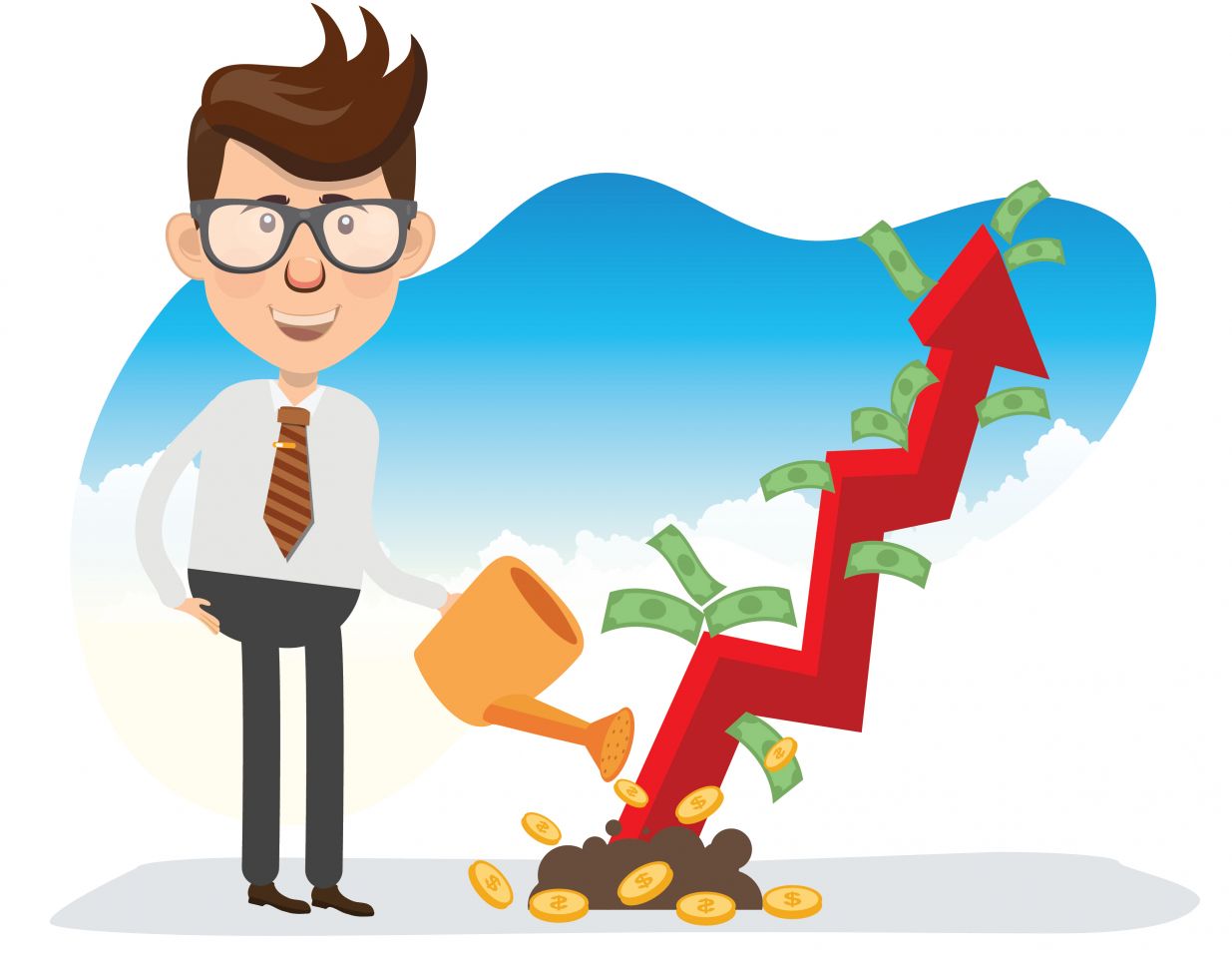What is maturity?

Most investments have a start date and an end date. Maturity is just another way of saying that an investment has reached its end.
Key takeaways
Maturity marks when an investment reaches its end date; for bonds specifically, the maturity date is when the issuer returns the original principal amount that investors initially paid.
Bonds are categorized by maturity period: short-term bonds mature in one to three years, while long-term bonds mature in 10 or more years, determining the investment timeframe.
The maturity date appears in bond prospectuses and is often included in the bond's name, such as "Two Year Fixed Rate Bond," clearly indicating when it matures.
Investors calculate yield-to-maturity by adding total interest payments to the maturity amount, accounting for timing between payments, to determine total potential returns if held until maturity.
While many investment products can mature, the term is usually associated with bonds. With bonds, the maturity date is the point at which an issuer will return the amount that investors paid to buy the bond in the first place.
Where have you heard about maturity?
The maturity date will be clearly stated in a bond prospectus, the document you’ll get if you’re interested in investing.
A bond’s maturity period is often included in its name too – for example, if you see a Two Year Fixed Rate Bond, you know it will mature in two years.
What you need to know about maturity.
Bonds are divided into short-term, medium-term and long-term investments, based on the length of the maturity period. Bonds that mature in one to three years are considered short-term investments, while long-term bonds mature in 10+ years.
If you buy a five-year bond, you’ll receive the initial amount you paid in five years’ time. This is when the issuer hopes to have used the initial loan to grow their business and, hoping also to have benefited from inflation, should now be in a position to cover repayments.
When you buy a bond, you’ll look at both the maturity date and the yield to calculate your total potential returns, if you held the bond to maturity. This is known as yield-to-maturity.
You calculate yield-to-maturity by adding up total interest payments and the amount you will receive at maturity, also taking into account the length of time between interest payments and the maturity date.